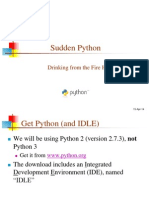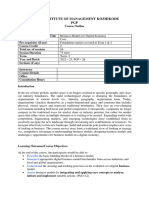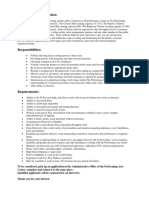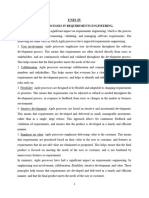0% found this document useful (0 votes)
78 views23 pagesCSC 412advanced Programming LECTURENOTES
The document provides comprehensive lecture notes on advanced programming concepts, emphasizing principles of good programming style, coding guidelines, and structured programming. It includes examples in QBASIC and Python, covering topics such as readability, modularity, error handling, and performance considerations. Additionally, it discusses debugging techniques, test generation, and a comparison of implementations for sorting numbers and a student grading system in both languages.
Uploaded by
lekzyadeboxCopyright
© © All Rights Reserved
We take content rights seriously. If you suspect this is your content, claim it here.
Available Formats
Download as PDF, TXT or read online on Scribd
0% found this document useful (0 votes)
78 views23 pagesCSC 412advanced Programming LECTURENOTES
The document provides comprehensive lecture notes on advanced programming concepts, emphasizing principles of good programming style, coding guidelines, and structured programming. It includes examples in QBASIC and Python, covering topics such as readability, modularity, error handling, and performance considerations. Additionally, it discusses debugging techniques, test generation, and a comparison of implementations for sorting numbers and a student grading system in both languages.
Uploaded by
lekzyadeboxCopyright
© © All Rights Reserved
We take content rights seriously. If you suspect this is your content, claim it here.
Available Formats
Download as PDF, TXT or read online on Scribd
/ 23


























































































